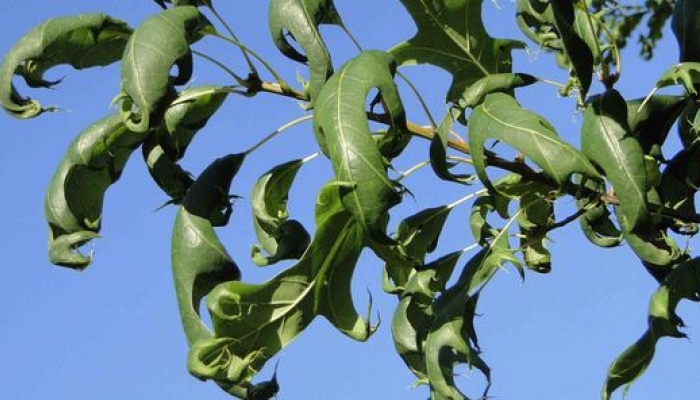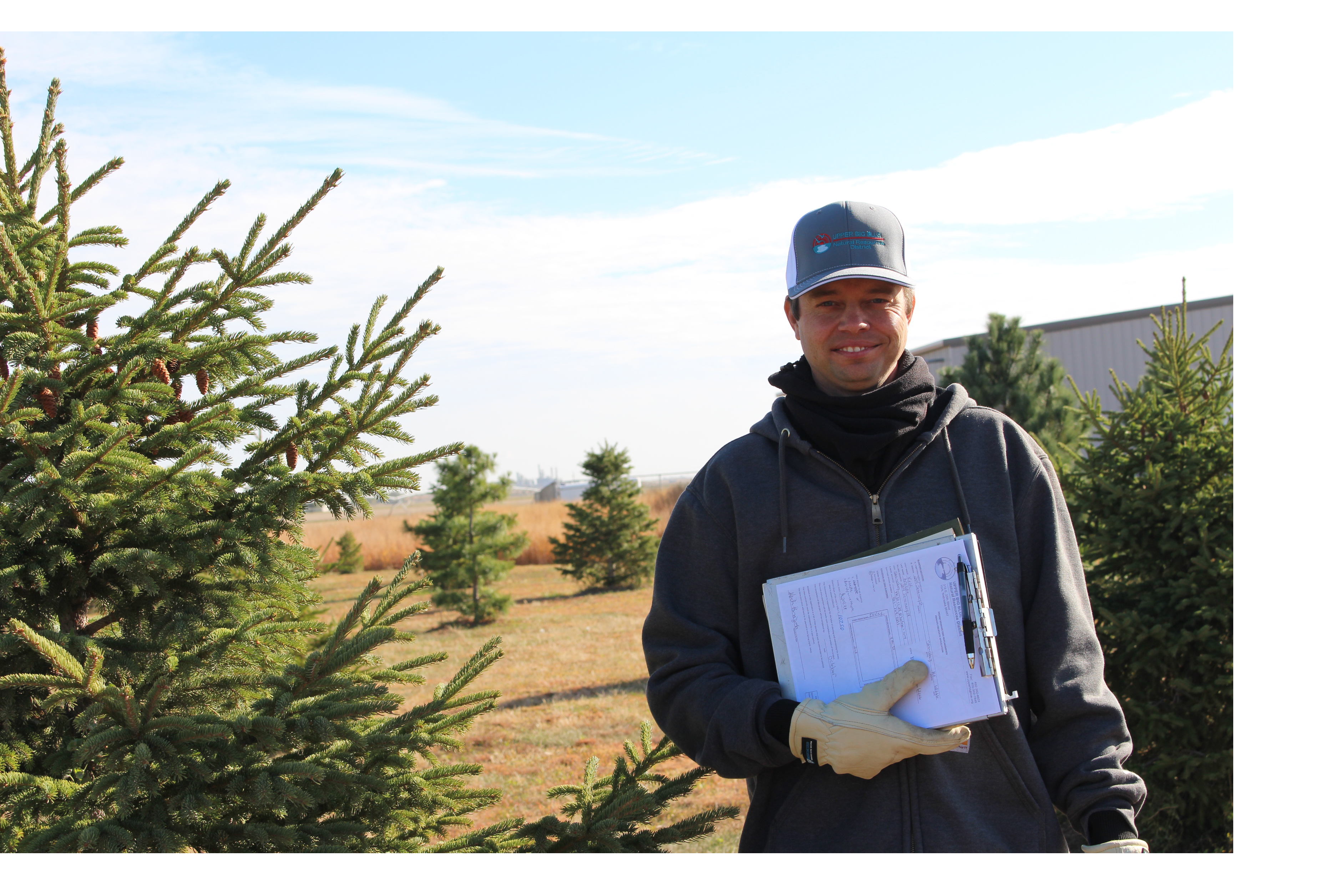Beware of Herbicide Damage to Trees
By Jason Severe, Nebraska Forest Service
|
|
|
Questions about trees on your property? Give District Forester Kyle Yrkoski a call at (402) 362-6601 or email trees@upperbigblue.org |
Thinking about spring? With the arrival of warmer weather comes preparations for the growing season ahead, and some of these preparations may include the use of herbicides to control weeds and other unwanted plants in our lawns and gardens. Care must be taken when using herbicides, however, to ensure that trees and other desirable vegetation are not negatively impacted.
The extent of herbicide damage to trees will vary depending upon factors such as the species and stage of growth of the tree; the type and concentration of the herbicide; and environmental factors (i.e., temperature, humidity, drought, etc.) Symptoms of herbicide damage can resemble those caused by insects, diseases or abiotic factors, adding to the complexity of accurately diagnosing herbicide injury. Chemical analysis of suspect plant tissue or soil samples can aid with herbicide injury diagnoses; however, testing can be costly and the timing of sample collection is critical.
Symptoms of herbicide damage in trees include deformed foliage (i.e., leaf cupping, curling, twisting, etc.); discolored leaves; leaves with dead spots; stunted growth; and branch dieback. Prolonged exposure to herbicides can also lead to tree mortality. It is important to note that the symptoms caused by a specific herbicide will vary depending upon the species of tree being affected.
The formulation of a herbicide (i.e., active ingredient(s), etc.) will influence its “activity” in the environment. Herbicides such as 2,4-D and dicamba can become a gaseous vapor (volatilize) during or following application, allowing them to “drift” via wind from the application site, potentially affecting off-site trees and other vegetation. While “woody brush” herbicides such as picloram (Tordon), triclopyr (Remedy), bromacil (Hyvar), prometon (Pramitol), clopyralid (Transline) and aminopyralid (Milestone) will persist in the soil and can potentially be absorbed by the roots of nontarget trees.
The likelihood of a tree recovering from herbicide injury will depend upon several factors, including the type of herbicide used; the timing and severity of the damage; and the sensitivity of the species to herbicides. Efforts that can aid the recovery of a tree from minor herbicide damage include watering during drought conditions and monitoring for and controlling insect or disease problems.
When it comes to using herbicides, the following are strategies (not all-inclusive) that homeowners should follow to protect their trees, as well as those of their neighbors, against herbicide damage: Read and follow all herbicide label directions; avoid spraying on warm (85-plus degrees), windy days; adjust sprayer nozzles to a coarser spray to reduce drift; use caution when using herbicides labeled for “woody brush” control; and shift weed control to the fall season when trees are less susceptible to herbicide injury.


